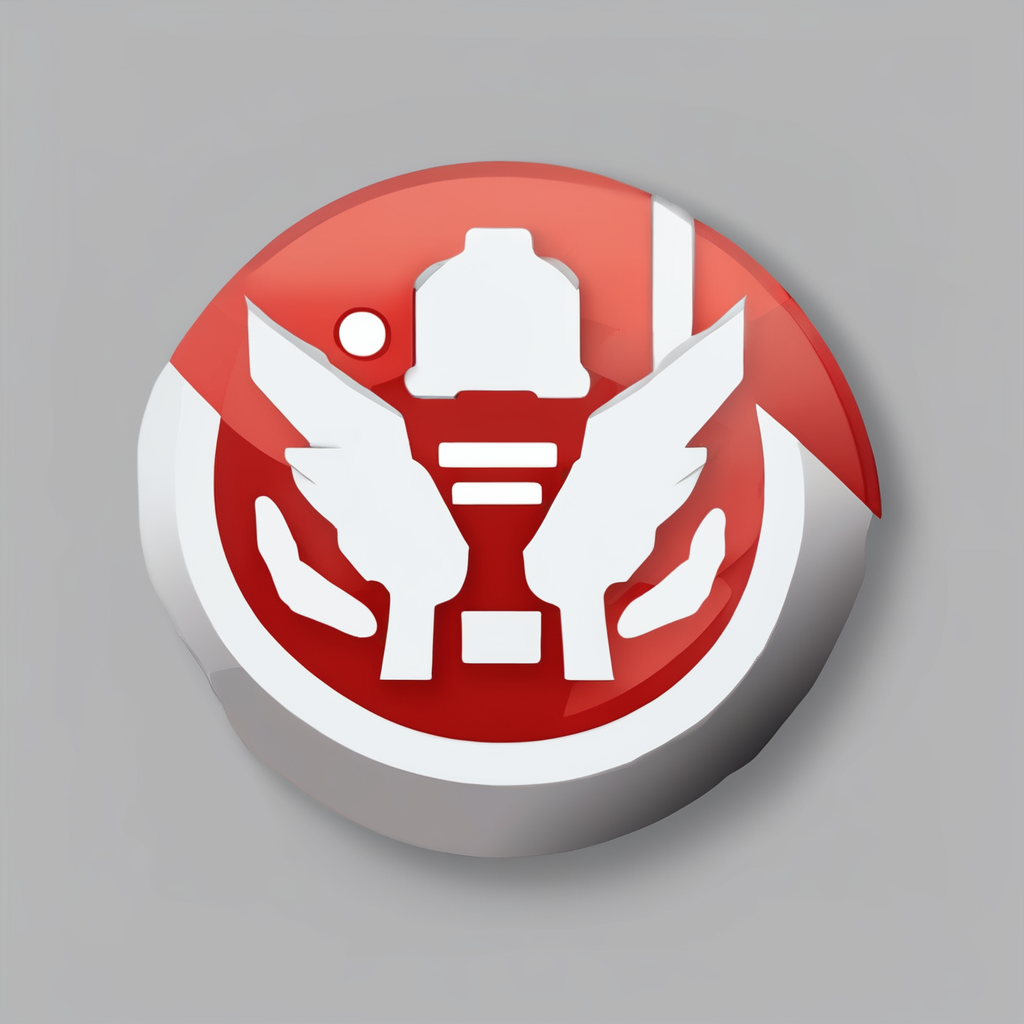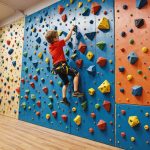Understanding Dog Anxiety During Fireworks
Dog anxiety during fireworks is primarily triggered by the loud, unpredictable noises and bright flashes. These stimuli can profoundly affect canine behavior, causing stress and fear. Fireworks stress often mirrors scenarios dogs might find threatening in nature, such as thunderstorms. The unfamiliarity and abruptness of these sounds can lead to heightened anxiety.
The physiological effects of fireworks stress include increased heart rate, trembling, and rapid breathing. Emotional effects may manifest as excessive barking or whining, attempts to escape, and destructive behavior. Recognizing these signs is crucial for pet owners to provide proper care.
Also to discover : Best playtime toys for active dog breeds: maximize your dog”s fun and energy!
To identify anxiety symptoms, observe any changes in your dog’s usual demeanor. Common signs include panting, drooling, pacing, hiding, or clinging to their owner. Dogs might also exhibit behaviors such as refusing food, or in severe cases, experience gastrointestinal distress.
Understanding these reactions is the first step in addressing fireworks-related behavioral issues. Armed with knowledge of these symptoms, pet owners can better prepare and support their furry companions during these events. Recognising early signs of anxiety is vital for effectively managing and reducing the adverse effects on your pet.
Also to read : Ultimate guide to boosting joint health in senior dogs: proven strategies for happy, active pups
Immediate Techniques for Alleviating Anxiety
During fireworks displays, quick solutions can ease anxiety in dogs. One effective approach is the use of soundproofing to minimize noise. Providing a safe space away from loud sounds offers immediate relief. Use heavy curtains, closed windows, or even a designated zone in your home to absorb sound.
For additional support, calming products such as treats or anxiety vests can be beneficial. Anxiety vests apply gentle, consistent pressure, which can have a soothing effect similar to a hug. Calming treats often contain naturally relaxing ingredients like chamomile or valerian root to aid relaxation.
Engagement through distraction techniques is also vital. During fireworks, engage your dog with their favourite toys or interactive games to shift their focus. Playing calming music or white noise can further mask unsettling noises and provide extra comfort.
Remember, staying composed and reassuring your dog throughout such events significantly contributes to reducing stress levels. Immediate interventions can make a profound difference, ensuring your dog feels more secure and less anxious during fireworks.
Long-term Strategies for Prevention
Training methods focused on promoting confidence and resilience can significantly alleviate fireworks stress in dogs. Building a foundation of obedience training helps instill trust and reinforces a dog’s sense of security. Basic commands like “sit,” “stay,” and “come” can be instrumental in providing direction amid anxiety triggers.
Implementing behavior modification techniques, such as gradual desensitization, can be beneficial for reducing sensitivity to loud noises over time. This involves exposing your dog to low-level recordings of fireworks while engaging in positive reinforcement, like treats or praise, when they remain calm. Gradually increase the volume over weeks, ensuring the dog is never overwhelmed.
Incorporating a consistent routine and maintaining a familiar environment can also mitigate anxiety symptoms. Regular schedules for feeding, walking, and playtime foster a sense of predictability, which is comforting for anxious pets. Furthermore, having a dedicated safe space within your home that remains stagnantly soothing can help dogs feel secure during unpredictable events.
Through these long-term strategies, pet owners can empower their dogs to face fireworks with resilience and poise. Consistent practice and patience are key to effectively managing canine behavior and preventing anxiety during fireworks displays.
Expert Recommendations and Resources
Creating a supportive network of veterinary advice and trusted sources can greatly enhance your efforts to mitigate dog anxiety during fireworks. Veterinarians play a crucial role in identifying severe anxiety and recommending tailored treatments, which might include behavioral therapy or, in some cases, medication. Engaging with a vet can provide professional insights into appropriate interventions for your furry companion’s unique needs.
Collaborating with professional trainers or behaviorists specializing in anxiety in dogs is another excellent strategy. These experts offer structured programs aimed at improving dog behavior around anxiety-triggering events. They can teach specific techniques that foster resilience and reduce stress, enhancing overall pet well-being.
In addition to professional help, pet owners can access various resource guides designed to help them better understand canine anxiety. These guides often cover a range of topics from basic calming tactics to advanced training methods. They are instrumental in broadening a pet owner’s knowledge and enabling informed decision-making.
Helpful products and tools, sourced from reliable vendors, can complement these strategies. Items such as noise-cancelling headphones for dogs or pheromone diffusers can create a more relaxed environment, mitigating the adverse effects of fireworks-induced stress.
Environmental Adjustments
Creating a safe environment is crucial for minimizing fireworks-related anxiety in dogs. Start by setting up comfort zones within your home. These can be cozy areas adorned with familiar bedding and toys that offer a refuge during stressful events. It’s essential to place these zones away from windows to reduce exposure to flashing lights and loud noises.
Incorporating noise reduction techniques can also make a significant difference. Utilizing heavy curtains and thicker rugs can help muffle external sounds. Additionally, introducing white noise machines or playing calming music, such as classical tunes, can mask the intensity of nearby fireworks, providing a soothing effect on your dog.
Managing both outdoor and indoor environments is vital during fireworks. For outdoor areas, ensure gates are securely closed to prevent escape attempts if your dog becomes startled. Indoors, maintaining a consistent environment can involve keeping similar lighting and ambient noise levels throughout the day.
Consider arranging furniture to create sheltered spaces or using pet gates to denote secure zones. These strategies collectively contribute to reducing anxiety and establishing safer surroundings for your pet. Consequentially, these adjustments can help offer peace for your dog during peak fireworks periods.
Personal Anecdotes and Case Studies
Success stories from pet owners illuminate the path to effectively managing dog anxiety during fireworks. One noteworthy account involves a dog owner who utilized desensitization techniques. Gradually exposing their pet to recorded firework sounds while incorporating calming products, such as treats, helped their pet remain calm during actual fireworks displays.
Another impactful pet owner experience involves a family who created a special comfort zone in their home. They used their dog’s favourite toys, soft bedding, and classical music to provide a soothing environment, reducing overall stress levels. This approach was paired with guidance from professional trainers, ensuring the dog felt secure and less anxious.
An intriguing case study highlights the use of behavior modification. A pet owner successfully taught their dog to associate dim lighting and soft music with safety rather than fear. This training method significantly lessened the dog’s anxiety symptoms during fireworks.
Insights from these effective strategies illustrate the power of personalized approaches. The lessons learned emphasize the importance of patience, routine, and consistency. These real-life experiences serve as a blueprint, offering valuable tips to other pet owners seeking to alleviate their dog’s fireworks stress effectively.








